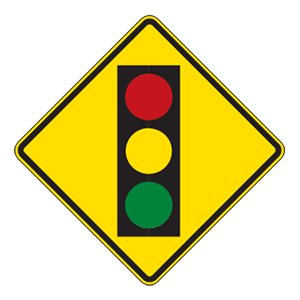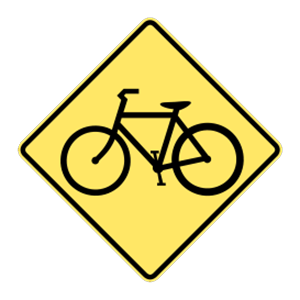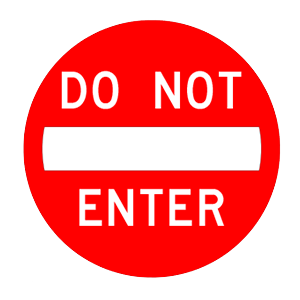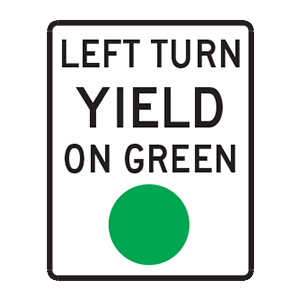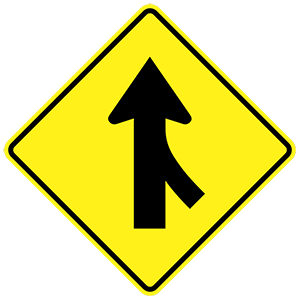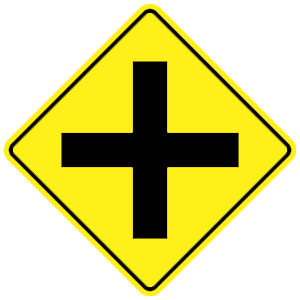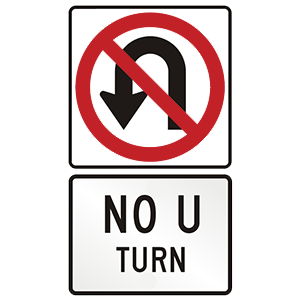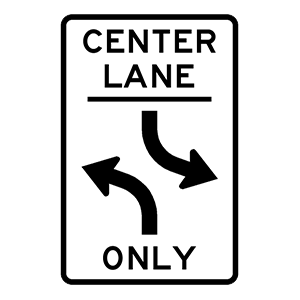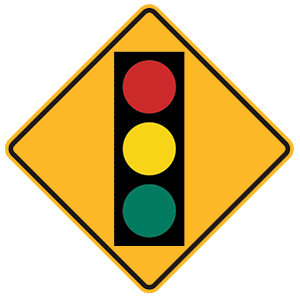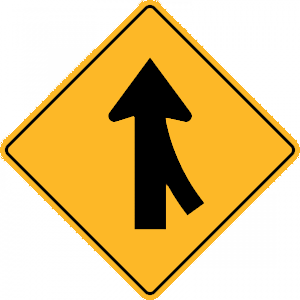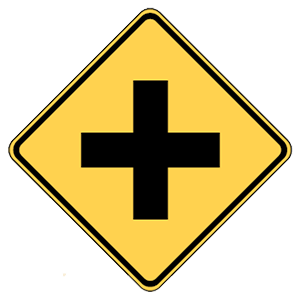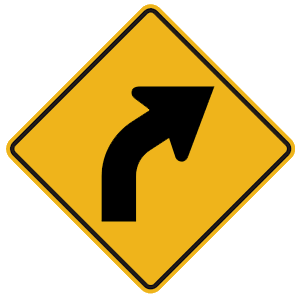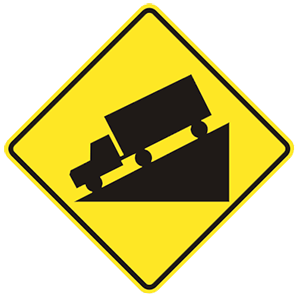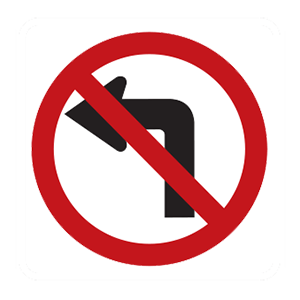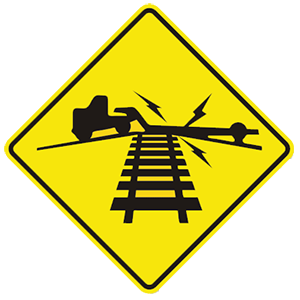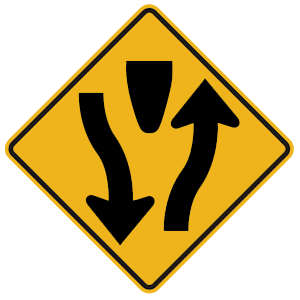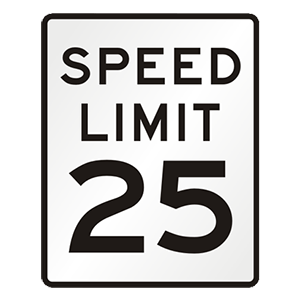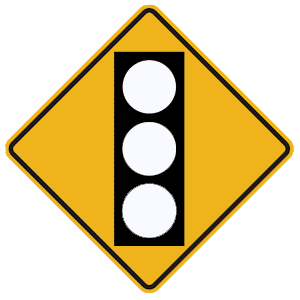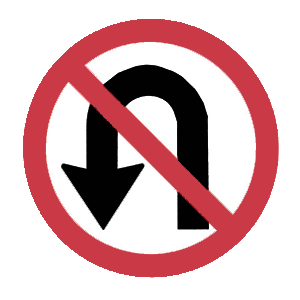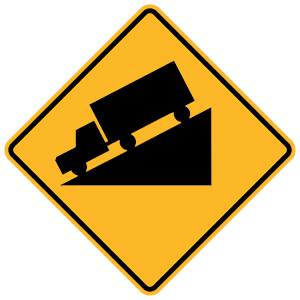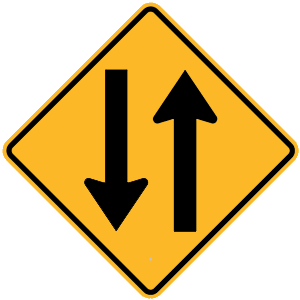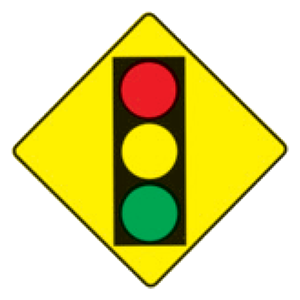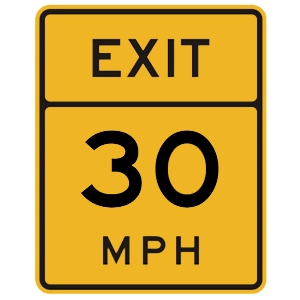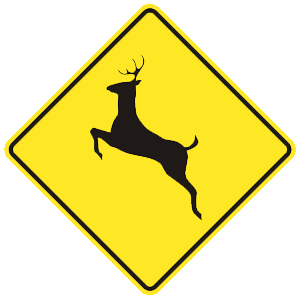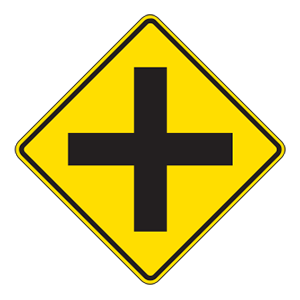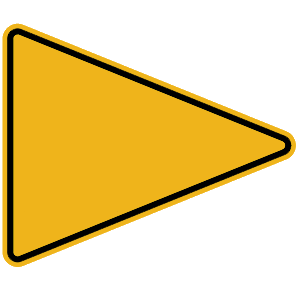1. When driving at speeds under 30 mph, keep a minimum following distance of:
☐ One second.
☑ Two seconds.☐ Three seconds.
☐ Four seconds.
☑ Two seconds.☐ Three seconds.
☐ Four seconds.
2. This sign means:
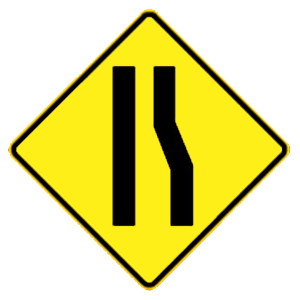
☐ Narrow bridge ahead.
☑ Lane ends or roadway narrows ahead.☐ Industrial area.
☐ Freeway on-ramp ahead.
☑ Lane ends or roadway narrows ahead.☐ Industrial area.
☐ Freeway on-ramp ahead.
3. When involved in an accident, you should provide:
☐ Your insurance and registration information.
☐ Your full name and address.
☐ Reasonable assistance to anyone who has been injured.
☑ All of the above.
☐ Your full name and address.
☐ Reasonable assistance to anyone who has been injured.
☑ All of the above.
4. This sign means:
.png)
☑ Slippery when wet.☐ Tow-away zone.
☐ Steep downgrade.
☐ Roadwork ahead.
☐ Steep downgrade.
☐ Roadwork ahead.
5. If your wheels drop off the pavement and onto the shoulder of the road, you should:
☐ Brake hard and turn sharply back onto the pavement.
☐ Stop your car on the edge of the road.
☑ Slow down and very carefully turn back onto the pavement.☐ Maintain your speed and turn sharply back onto the pavement.
☐ Stop your car on the edge of the road.
☑ Slow down and very carefully turn back onto the pavement.☐ Maintain your speed and turn sharply back onto the pavement.
6. A stop sign is shaped like a(n):
☐ Rectangle.
☐ Square.
☐ Circle.
☑ Octagon.
☐ Square.
☐ Circle.
☑ Octagon.
7. When driving in fog:
☐ Use your parking lights.
☑ Use your low beams.☐ Use your high beams.
☐ It makes no difference which lights you use.
☑ Use your low beams.☐ Use your high beams.
☐ It makes no difference which lights you use.
8. If you miss your exit on an interstate expressway:
☐ Stop and make a U-turn.
☑ Get off at the next exit and come back to the exit you missed.☐ Roll down your window and ask the driver next to you for help.
☐ Back up on the highway.
☑ Get off at the next exit and come back to the exit you missed.☐ Roll down your window and ask the driver next to you for help.
☐ Back up on the highway.
9. Don’t follow other cars too closely because:
☐ You may not see the road between the cars.
☑ You may not have time to stop if the vehicle in front of you slows or stops suddenly.☐ You may not see the vehicle's turn signals.
☐ You may not see the other vehicle’s brake lights.
☑ You may not have time to stop if the vehicle in front of you slows or stops suddenly.☐ You may not see the vehicle's turn signals.
☐ You may not see the other vehicle’s brake lights.
10. Always signal when:
☐ Changing lanes.
☐ Pulling into or out of a parking space.
☐ Pulling into traffic from a parking area or alley.
☑ All of the above.
☐ Pulling into or out of a parking space.
☐ Pulling into traffic from a parking area or alley.
☑ All of the above.
11. Defensive drivers should:
☐ Always keep their eyes moving.
☐ Look for developing trouble spots.
☐ Have plans of action.
☑ All of the above.
☐ Look for developing trouble spots.
☐ Have plans of action.
☑ All of the above.
12. If an officer is directing traffic at a working traffic light, drivers should:
☐ Follow the directions indicated by the traffic light.
☑ Follow the directions given by the officer.☐ Honk at the officer.
☐ Check to see what the cars next to them are doing.
☑ Follow the directions given by the officer.☐ Honk at the officer.
☐ Check to see what the cars next to them are doing.
13. This sign means:
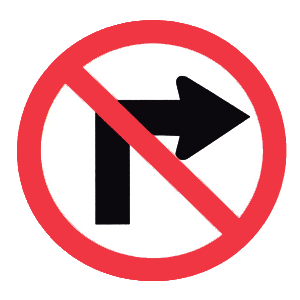
☐ No U-turn.
☐ No left turn.
☑ No right turn.☐ No turning.
☐ No left turn.
☑ No right turn.☐ No turning.
14. If one of your tires blows out as you are driving, you should:
☐ Brake hard immediately.
☑ Try to steer straight while gradually slowing by removing your foot from the gas pedal.☐ Maintain your current speed and steer straight.
☐ Swerve back and forth to alert traffic behind you.
☑ Try to steer straight while gradually slowing by removing your foot from the gas pedal.☐ Maintain your current speed and steer straight.
☐ Swerve back and forth to alert traffic behind you.
15. When making a right turn, you should not:
☐ Signal to other drivers.
☑ Swing too wide for your lane.☐ Slow down.
☐ Move to the far right lane.
☑ Swing too wide for your lane.☐ Slow down.
☐ Move to the far right lane.
16. Night driving can be more difficult than driving during the day because:
☐ Cars overheat more quickly at night.
☑ Visibility is reduced in the dark.☐ It is more likely to be raining at night.
☐ You are more likely to encounter a motorcycle at night.
☑ Visibility is reduced in the dark.☐ It is more likely to be raining at night.
☐ You are more likely to encounter a motorcycle at night.
17. Shared lanes may be used by:
☑ Bicyclists.☐ Truck drivers.
☐ Motorcyclists.
☐ Passenger vehicle operators.
☐ Motorcyclists.
☐ Passenger vehicle operators.
18. Railroad crossings should always be considered:
☐ Safe to cross, as it is unlikely that a train will be coming.
☑ Dangerous.☐ Safe locations to park a car.
☐ A place where it is required to stop
☑ Dangerous.☐ Safe locations to park a car.
☐ A place where it is required to stop
19. When driving at speeds faster than 30 mph, keep a minimum following distance of:
☐ One second.
☐ Two seconds.
☐ Three seconds.
☑ Four seconds.
☐ Two seconds.
☐ Three seconds.
☑ Four seconds.
20. You may avoid the risks of alcohol-related crashes by:
☐ Deciding before you start drinking that you are not going to drive.
☐ Simply saying, "No thanks, I'm driving," if someone offers you a drink.
☐ Calling a taxi.
☑ Doing any of the above.
☐ Simply saying, "No thanks, I'm driving," if someone offers you a drink.
☐ Calling a taxi.
☑ Doing any of the above.
21. At a light rail intersection, always:
☐ Look both ways before crossing tracks.
☐ Pay attention and obey all traffic signals.
☐ Share the road with pedestrians and bicyclists.
☑ All of these.
☐ Pay attention and obey all traffic signals.
☐ Share the road with pedestrians and bicyclists.
☑ All of these.
22. Allow a larger space cushion than usual when stopping:
☑ On an incline.☐ At an intersection.
☐ At a stop sign.
☐ At a toll plaza.
☐ At a stop sign.
☐ At a toll plaza.
23. When driving on an interstate:
☐ Stop on the shoulder of the road if you are tired.
☐ You should always use cruise control.
☑ Signal, check mirrors, and check blind spots before changing lanes.☐ You should change lanes often.
☐ You should always use cruise control.
☑ Signal, check mirrors, and check blind spots before changing lanes.☐ You should change lanes often.
24. This sign means:
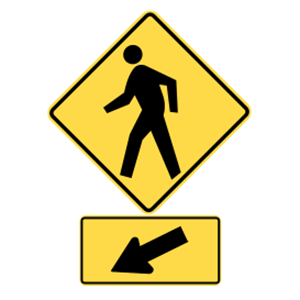
☐ Pedestrians walking along the road ahead.
☑ Pedestrian crossing ahead.☐ Pedestrians must not cross here.
☐ Be alert for construction workers on the road.
☑ Pedestrian crossing ahead.☐ Pedestrians must not cross here.
☐ Be alert for construction workers on the road.
25. When getting ready to change lanes, you should:
☐ Check your side view mirror.
☐ Check your rearview mirror.
☐ Quickly turn your head to check for other vehicles.
☑ All of the above.
☐ Check your rearview mirror.
☐ Quickly turn your head to check for other vehicles.
☑ All of the above.
26. To avoid road rage, it is a good idea to:
☑ Allow extra time for your trip.☐ Begin your trip at the last possible moment.
☐ Avoid planning your trip in advance.
☐ Assume nothing will slow down your travel.
☐ Avoid planning your trip in advance.
☐ Assume nothing will slow down your travel.
27. It is important to be alert to motorcycles because:
☑ They are more difficult to see than cars.☐ They rarely use their headlights.
☐ Motorcyclists are less skilled drivers than other motorists.
☐ All of the above.
☐ Motorcyclists are less skilled drivers than other motorists.
☐ All of the above.
28. When changing lanes, you can check your blind spots by:
☐ Using the inside rearview mirror.
☐ Using the outside rearview mirror.
☐ Using both inside and outside rearview mirrors.
☑ Turning your head and looking over your shoulder.
☐ Using the outside rearview mirror.
☐ Using both inside and outside rearview mirrors.
☑ Turning your head and looking over your shoulder.
29. You may park directly across the street from the entrance of a fire station:
☐ If the emergency vehicles have just left the station.
☐ During the night.
☐ In clear weather.
☑ Under no circumstances.
☐ During the night.
☐ In clear weather.
☑ Under no circumstances.
30. Unless otherwise posted, the speed limit in an alley is:
☑ 15 mph.☐ 30 mph.
☐ 45 mph.
☐ 55 mph.
☐ 45 mph.
☐ 55 mph.
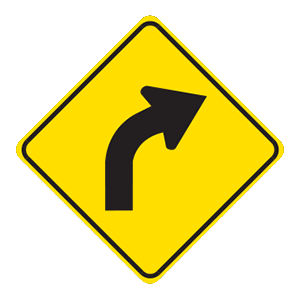
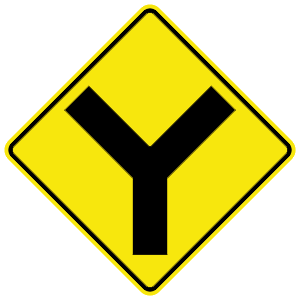
.png)
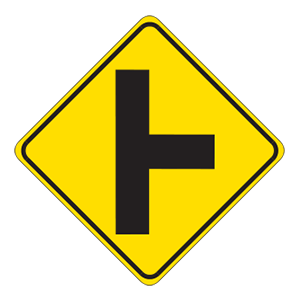
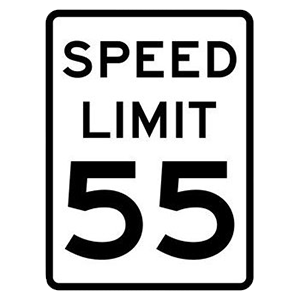
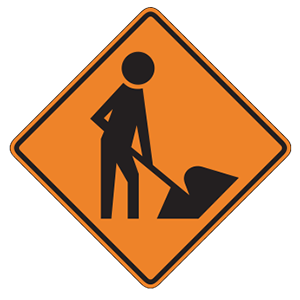
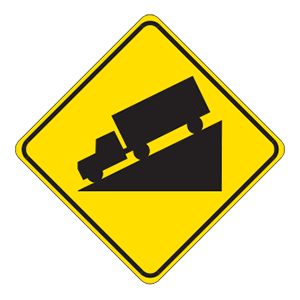
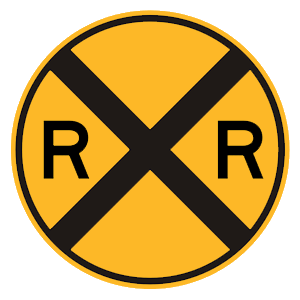
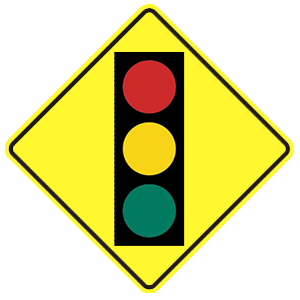
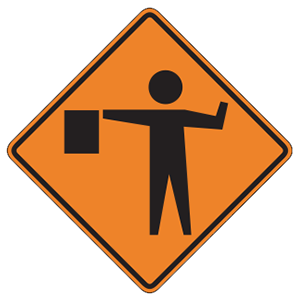
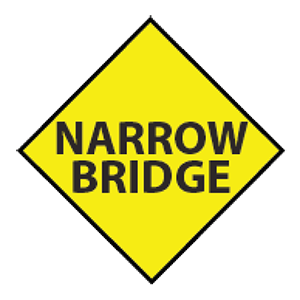
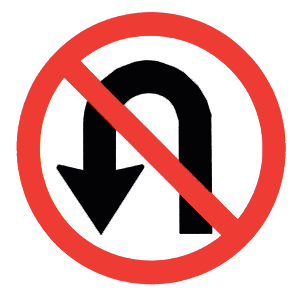
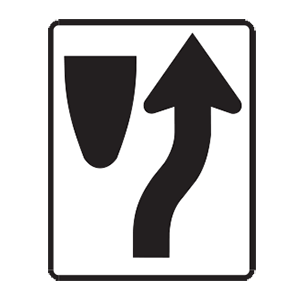
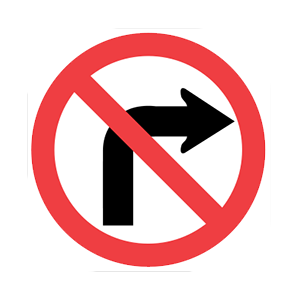
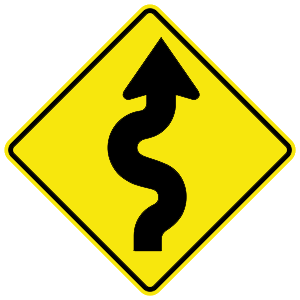
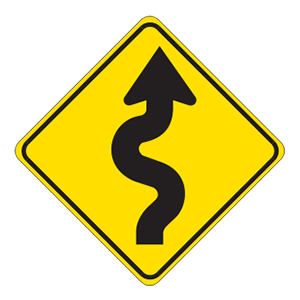
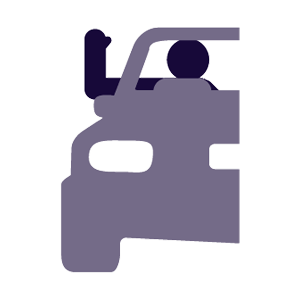
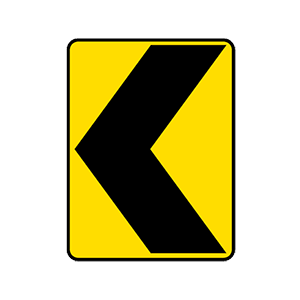
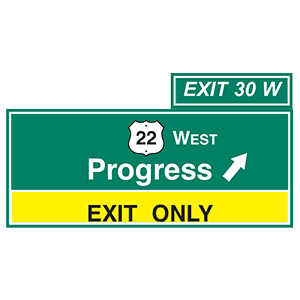
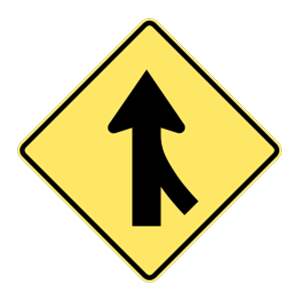
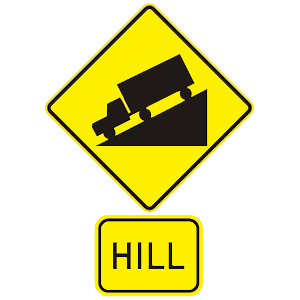
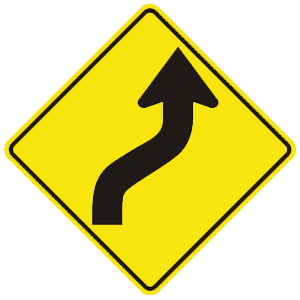
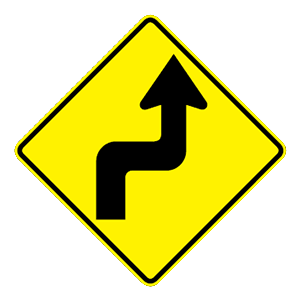
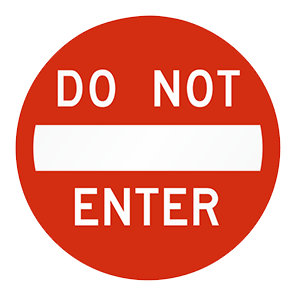
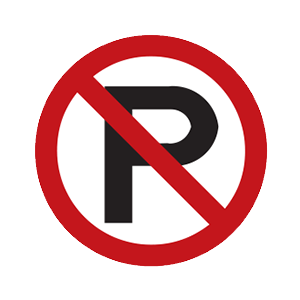
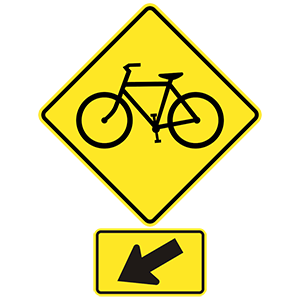
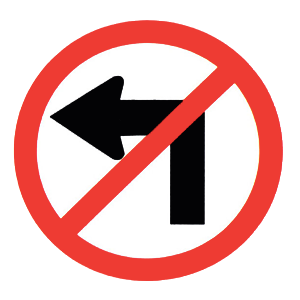
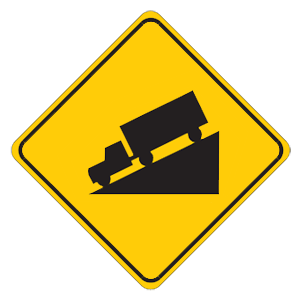
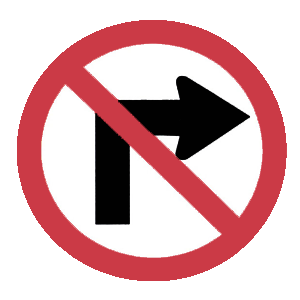
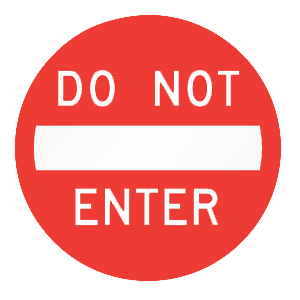
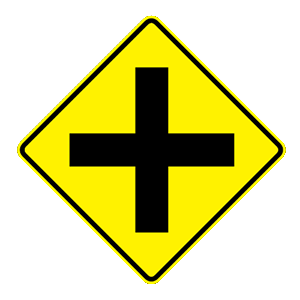
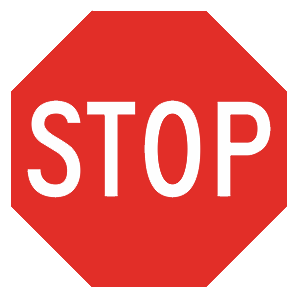
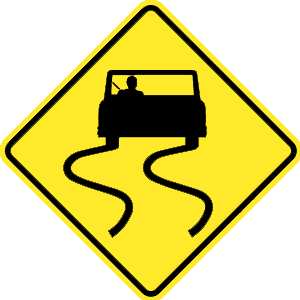
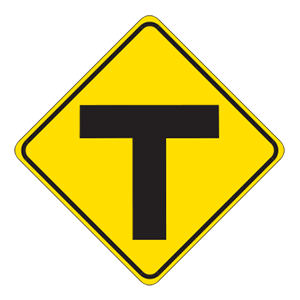
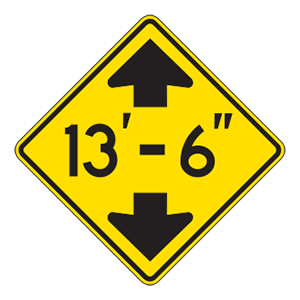
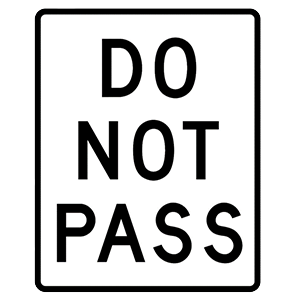
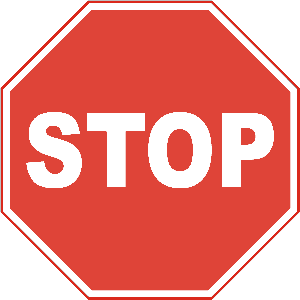
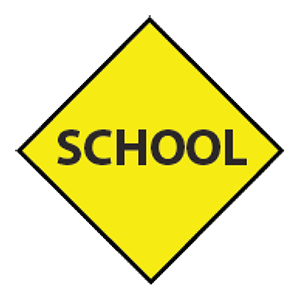
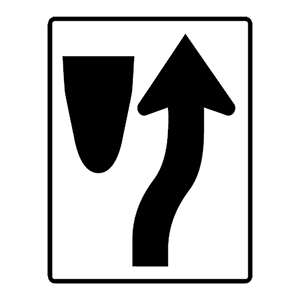
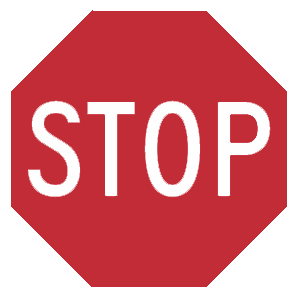
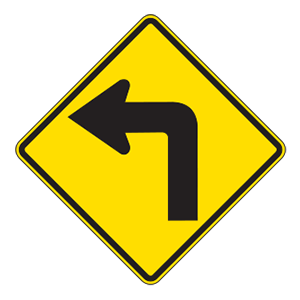
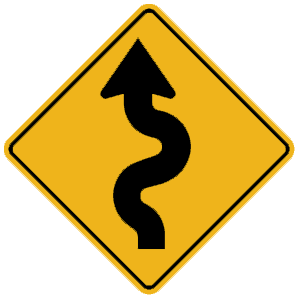
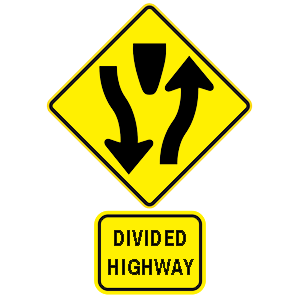
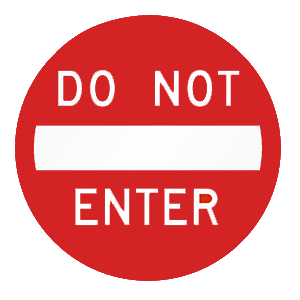
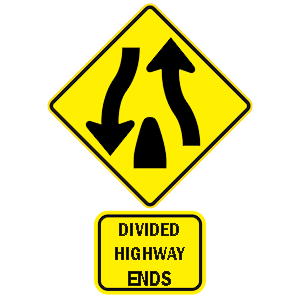
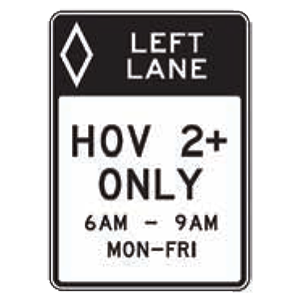
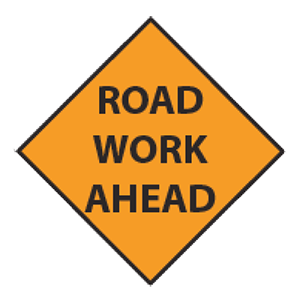
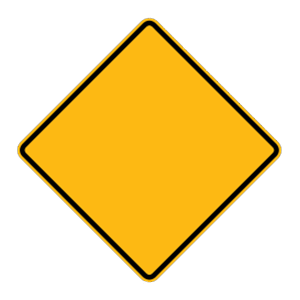
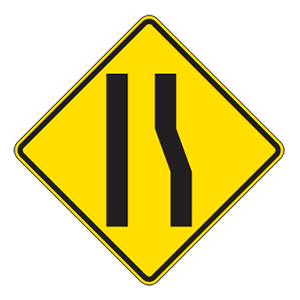
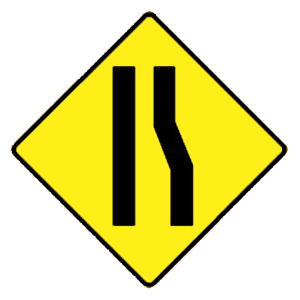
.png)
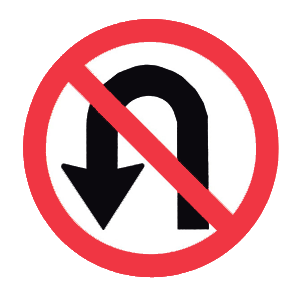
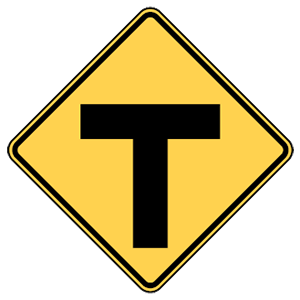
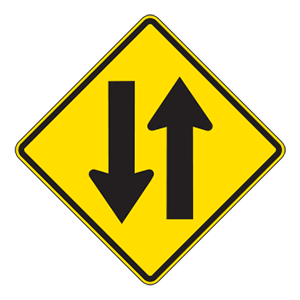
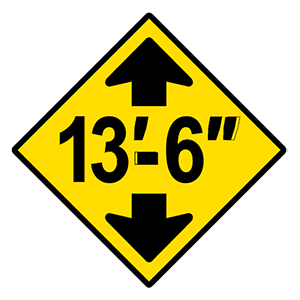
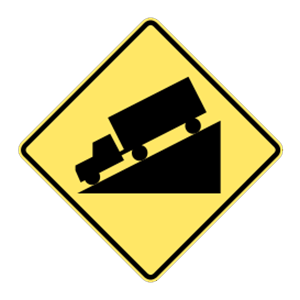
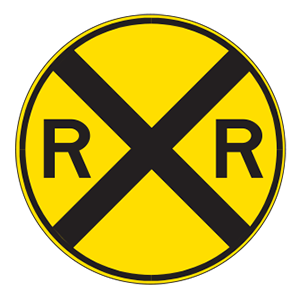
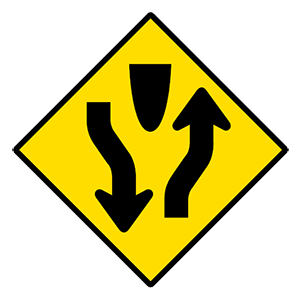
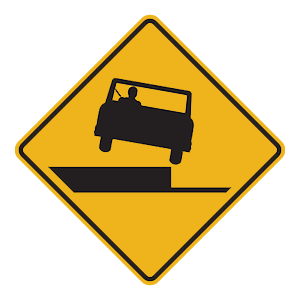
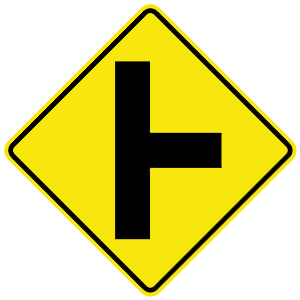
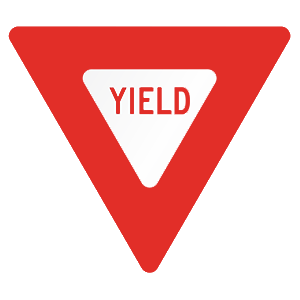
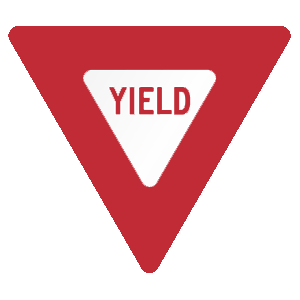
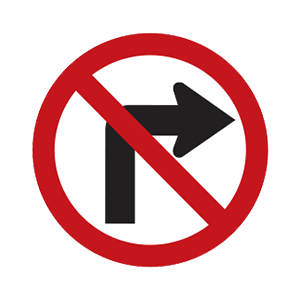
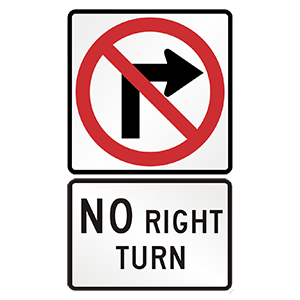
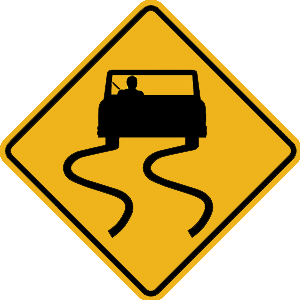
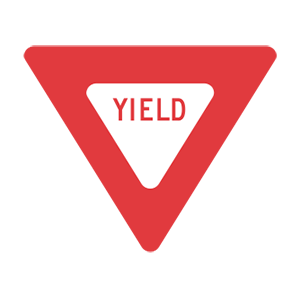
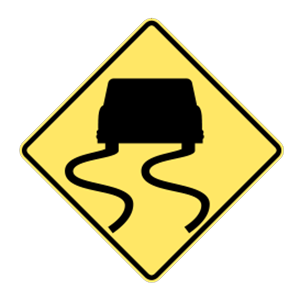
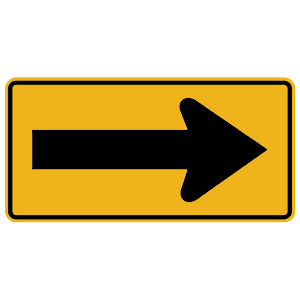
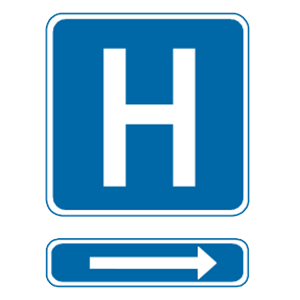
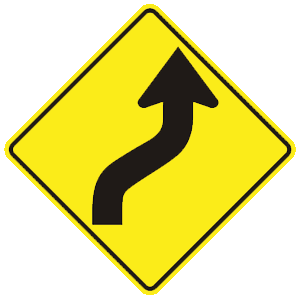
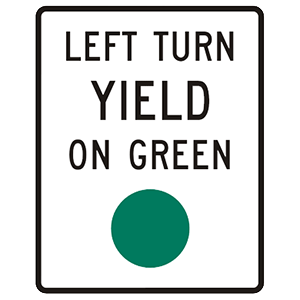
.png)
.png)
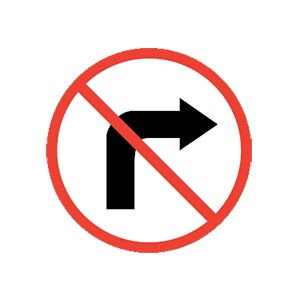
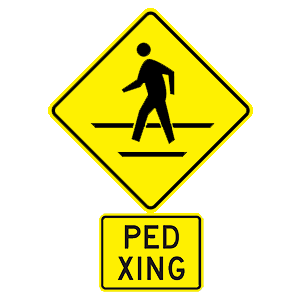
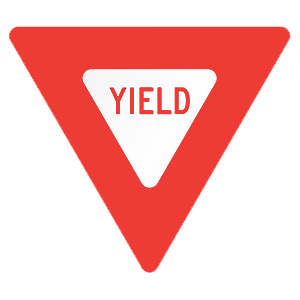
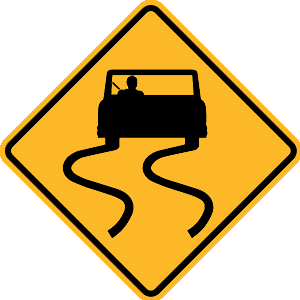
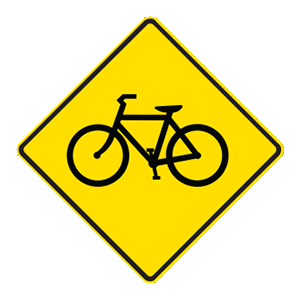
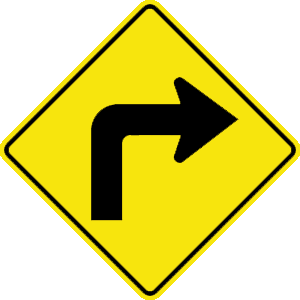
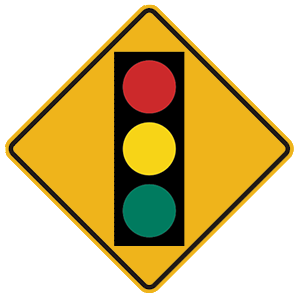
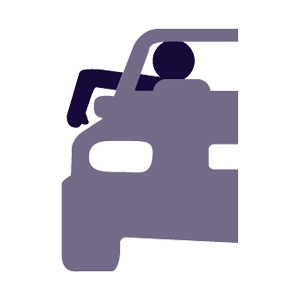
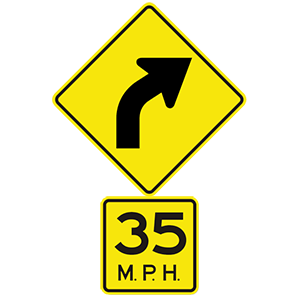
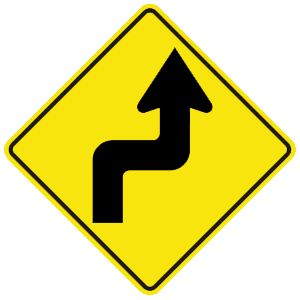
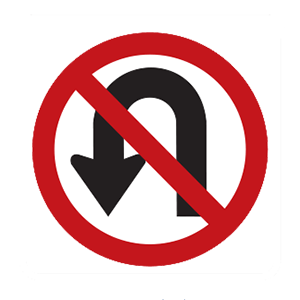
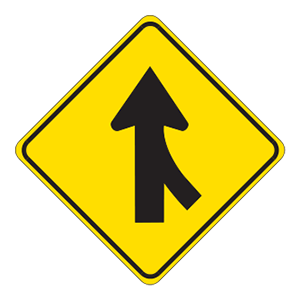
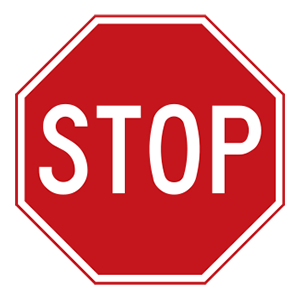
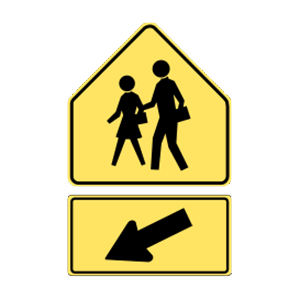
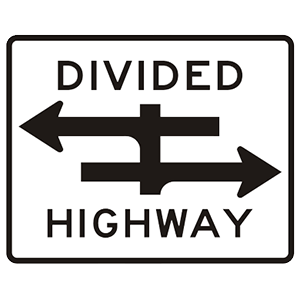
.png)
